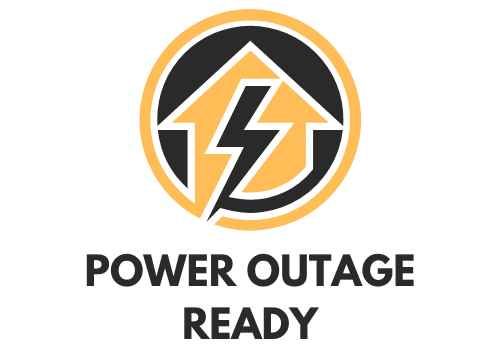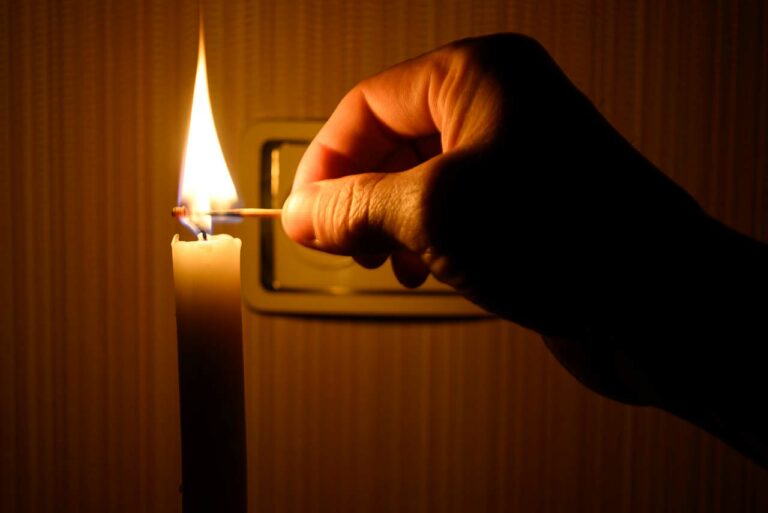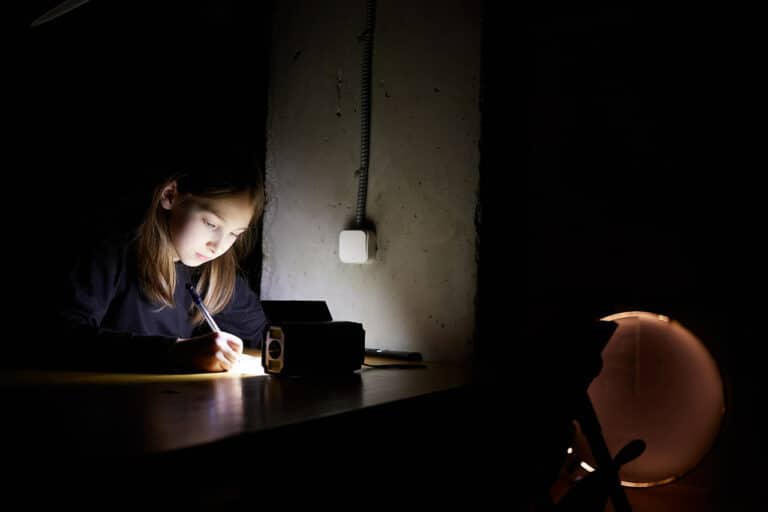How Long Do Power Outages Last? (Duration and Factors Explained)
Power outages can catch you off guard and become a real inconvenience, especially when they last longer than expected. So, how long do power outages typically last? Well, that depends on the cause and the extent of the damage. Some outages may last only a few seconds or minutes, while others can drag on for hours or even days. (Sometimes weeks in the worst case scenarios.)
A variety of factors can contribute to power outages, such as storms, downed power lines, equipment failure, or even human error. Although most outages are short-lived, it’s essential for you to be prepared for longer disruptions and to know what to expect in different situations.
Understanding the typical duration of power outages can help you prepare and minimize the impact on your daily life. So, let’s delve deeper into different causes of power outages and how long they typically last under different scenarios.
Duration and Types of Power Outages
When it comes to power outages, there’s no one-size-fits-all answer for how long they last. A lot depends on the cause and circumstances surrounding the outage. Here’s a quick overview of what you might be able to expect.
Short Power Outages
Short outages tend to last from a few minutes to a few hours. These are often caused by small issues like blown transformers or minor issues with power lines. It’s not uncommon for maintenance work to result in brief outages.
So, short outages are most likely caused by:
- Regular maintenance work (if this is the case, you will probably get some warning in advance that the power will be out)
- Blown transformers (which can be caused by wear and tear and overloading, as well as some weather events, like lightning strikes and wind)
- Minor issues with power lines (which are often caused by wind, accidents, or wildlife – those pesky squirrels)
Longer Power Outages
Longer power outages can stretch from several hours to a few days, or even to weeks in extreme cases. The most common causes for these outages are natural disasters, like hurricanes, tornadoes, or extreme weather conditions. When massive power lines are damaged, or if electrical substations become inoperable, it might take a while for the utility companies to fix the damage and restore power. It’s these power outages for which you need to do the most preparation.
So, longer power outages are most likely caused by:
- Weather (like tornadoes, hurricanes and ice storms)
While durations can vary greatly, it’s a good idea for you to be prepared for any length outage. Make sure to keep emergency supplies on hand, such as candles, flashlights, extra batteries, and a portable phone charger. Consider investing in a portable generator for extended outages, and be sure to familiarize yourself with your local utility’s power outage reporting and communication channels to stay in the loop during such events.
Causes of Power Outages
Weather-Related Causes
Weather is the most common cause of power outages. You’ve probably experienced power outages caused by severe weather, like storms or hurricanes. These events can bring heavy rain, strong winds, tornadoes, lightning, and even flash floods. Such weather conditions can knock down power poles, damage transmission lines, or lead to wildfires, all of which disrupt power flow.
Weather can also lead to power being harder to restore. Not only do weather events knock out power for more people (sometimes millions at a time), which can create a backlog in getting things up and running again, but when factors like flooding and debris come into play, it can be impossible for power workers to get to power lines and stations.
Technical Failures and Maintenance
Power outages can also happen due to technical issues and scheduled maintenance. Sometimes, power systems may experience unexpected failures, like overloaded circuits or malfunctioning equipment. These issues can cause outages that last for hours or even days, depending on how quickly repairs are made.
Generally speaking, how long it takes to restore power after a technical failure depends on how far the issue that caused the power outage reached. A failure that takes down one substation will take less time to fix than a failure that takes down three substations, for instance.
Human Error & Accidents
Human error and car accidents can’t be overlooked when discussing the causes of power outages. Accidents, such as a car crashing into a power pole or construction crews accidentally cutting into underground cables, can cause disruptions. These unplanned events might result in brief outages or longer ones if extensive repairs are needed. Simple mistakes by power company employees can lead to widespread outages as well.
How long it takes to restore the power after an outage caused by human error really depends on the outage’s cause. Things like car accidents or cutting cables by accident typically involve repairing only one small section of the power system, which should only take a few hours most of the time. Larger-scale accidents that create more widespread damage will take longer to repair.
Power Restoration
Utility companies have a major role in restoring power after an outage. When there’s a blackout, they spring into action, inspecting and repairing damaged power lines and equipment. Their main focus is to restore power as fast and efficiently as possible while keeping safety a top priority.
Before the restoration process kicks off, utility companies need to assess the extent of the damage. This can involve checking power lines, substations, and other electrical infrastructure. Knowing what’s damaged helps them better prioritize repairs and allocate resources, like personnel and equipment.
Because of this, you might see your neighbors’ power come back on before yours. This doesn’t necessarily mean you’ve been forgotten. It’s more likely that different areas have different degrees of damage, so some places require more attention than others.
It’s important to note that power restoration times vary depending on the severity of the outage and the extent of the damage. In many cases, power outages can last from a few minutes to a few hours, but in severe situations, they may extend to several days or even weeks. So, be prepared and keep an eye on updates from your utility company, so you’ll know when scheduled outages are coming and can stay informed when the unexpected outages come.







